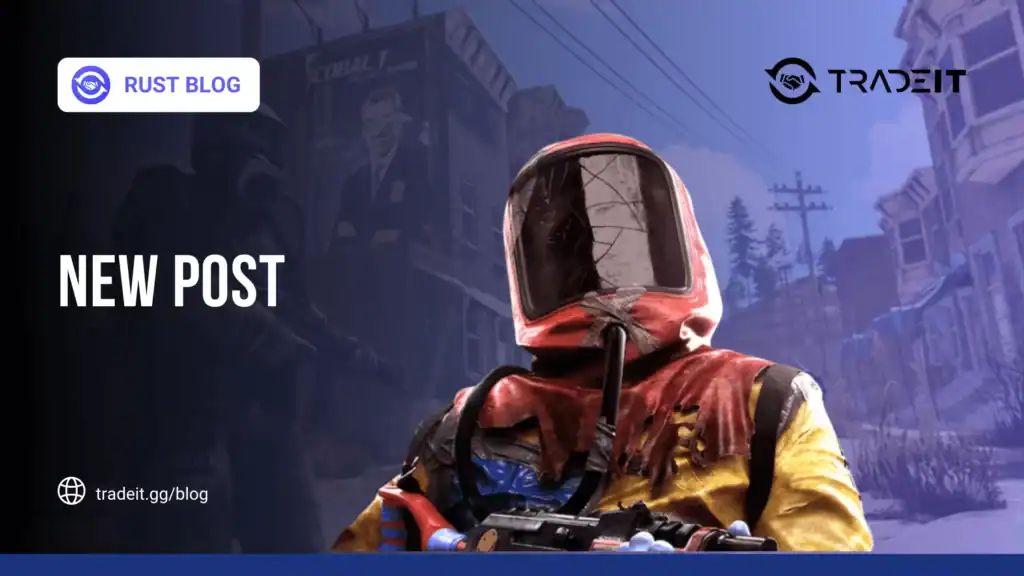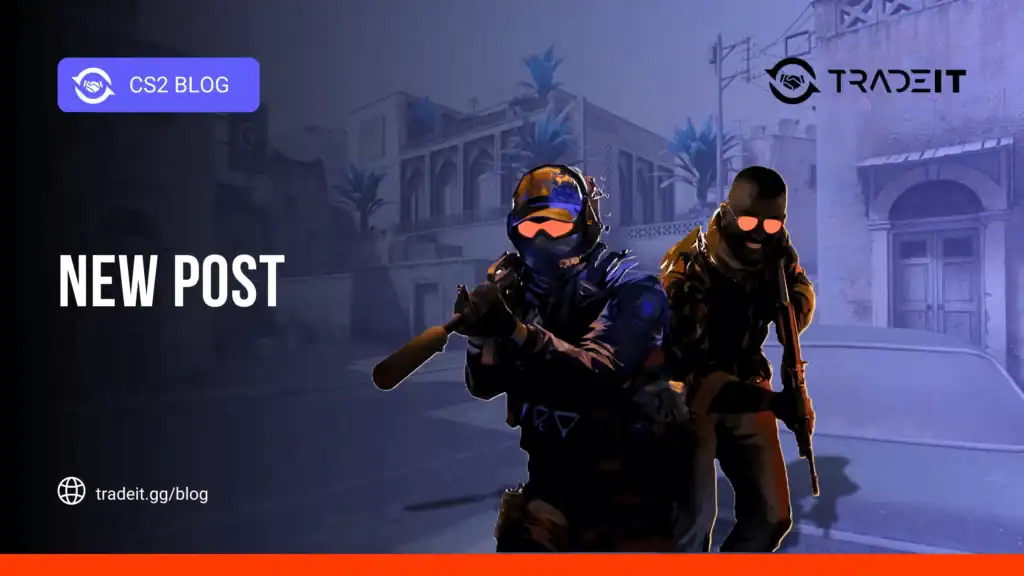Building upon the foundational idea that revolvers have profoundly shaped gaming and historical narratives, it is essential to explore their enduring influence in the broader cultural landscape. Beyond their utilitarian origins, revolvers have transcended their practical purpose to become potent symbols in media and art, reflecting societal values, myths, and identities. This evolution illustrates how a simple firearm can embed itself into collective consciousness, becoming an icon that influences perceptions, artistic expression, and storytelling across diverse platforms.
“The revolver is not merely a weapon but a canvas upon which cultural narratives are painted.”
1. Revolvers in Classic and Modern Cinema
Cinema has played a pivotal role in elevating revolvers from functional tools to iconic symbols of heroism, rebellion, and moral ambiguity. Classic Western films, such as High Noon (1952) and The Good, the Bad and the Ugly (1966), used revolvers to symbolize justice and individual agency. These scenes often became defining moments, encapsulating characters’ moral choices and societal tensions.
In modern cinema, revolvers continue to evoke a sense of rugged individualism or menace. Films like Sin City (2005) utilize stylized revolver imagery to craft a gritty noir aesthetic, influencing public perception by romanticizing the archetype of the lone gunman. Such portrayals impact viewers’ attitudes towards firearms—often blurring the lines between entertainment and real-world symbolism.
The evolution from Hollywood’s classic gunfighters to independent films experimenting with visual storytelling demonstrates the revolver’s versatility as a cinematic motif. Its imagery now ranges from nostalgic to dystopian, reflecting shifts in societal attitudes and cinematic innovation.
2. The Artistic Representation of Revolvers
Revolvers have long served as motifs in visual arts, symbolizing themes of power, rebellion, and individualism. Artists like Jean-Michel Basquiat incorporated gun imagery into their work to challenge societal norms and provoke dialogue on violence and authority. Similarly, poster art for Western movies often featured stylized revolvers to evoke a sense of adventure and danger.
| Art Movement | Revolver Symbolism |
|---|---|
| Expressionism | Revolt against societal constraints |
| Pop Art | Commercialization and mass media influence |
3. Literature and Revolver Imagery
Literature has employed revolvers as potent symbols within noir, detective, and Western genres. The classic noir protagonist often wields a revolver as an extension of their moral ambiguity—an instrument of justice or violence. In Western stories, the revolver embodies rugged independence and frontier justice, becoming a romanticized symbol of American identity.
Authors like Raymond Chandler used revolvers to deepen character complexity, emphasizing themes of moral grayness and societal decay. The narrative symbolism of the revolver—often linked to notions of fate, power, and rebellion—serves to romanticize or critique societal values, depending on the context.
4. Video Games and Digital Art: Reinventing the Revolver
Video games have perpetuated and reimagined revolver symbolism, crafting character identities and immersive worlds. Titles like Red Dead Redemption 2 deploy revolver aesthetics to evoke a Western authenticity, reinforcing the firearm’s cultural significance while allowing players to engage with its mythos interactively.
The visual design of revolvers influences game art, with sleek or exaggerated styles enhancing narrative themes. Digital reinterpretations—such as cyberpunk or steampunk revolvers—expand their symbolic range, blending traditional imagery with futuristic or alternative realities.
Contemporary artists also explore revolver motifs through digital art, creating hyper-realistic or abstract representations that challenge perceptions and provoke dialogue on violence, security, and cultural identity.
5. The Mythology and Cultural Narratives Surrounding Revolvers
Revolvers are embedded deeply in folklore, legends, and popular myths—embodying notions of justice, rebellion, and heroism. Characters like the cowboy hero or the noir detective are mythologized through their association with the revolver, reinforcing cultural archetypes.
Media both reinforces and questions these narratives. Films, literature, and art often romanticize revolvers, but recent cultural debates question their glamorization, highlighting concerns over violence and firearm influence.
In shaping national identities, revolvers symbolize independence and resilience, especially within American culture. Art and media sustain these mythos, influencing societal attitudes and policy debates on gun imagery and violence.
6. Ethical and Political Dimensions in Media and Art
Depictions of revolvers carry significant ethical and political implications. Media that romanticize firearm use may influence perceptions of violence, security, and justice. The glamorization of revolvers in entertainment often sparks controversy, especially when it intersects with real-world gun debates.
Cultural debates focus on whether art and media should challenge or reinforce gun imagery. Critics argue that persistent romanticization can desensitize audiences or normalize firearm violence, while defenders cite artistic freedom and cultural heritage.
7. The Enduring Legacy: Connecting Media, Art, and Historical Perception
Revolvers continue to symbolize more than their physical form—they embody ideals, fears, and myths that persist across generations. Media and art perpetuate this symbolism, shaping public consciousness and cultural identity. This cyclical process ensures that revolver imagery remains relevant, influencing new narratives and artistic expressions.
Understanding this interconnected legacy allows us to appreciate how revolvers serve as cultural symbols, bridging history, media, and art—each reinforcing and reshaping the other in a continuous dialogue. To explore how these themes intertwine with the influence of revolvers on gaming and history, visit How Revolvers Shape Gaming and History.




